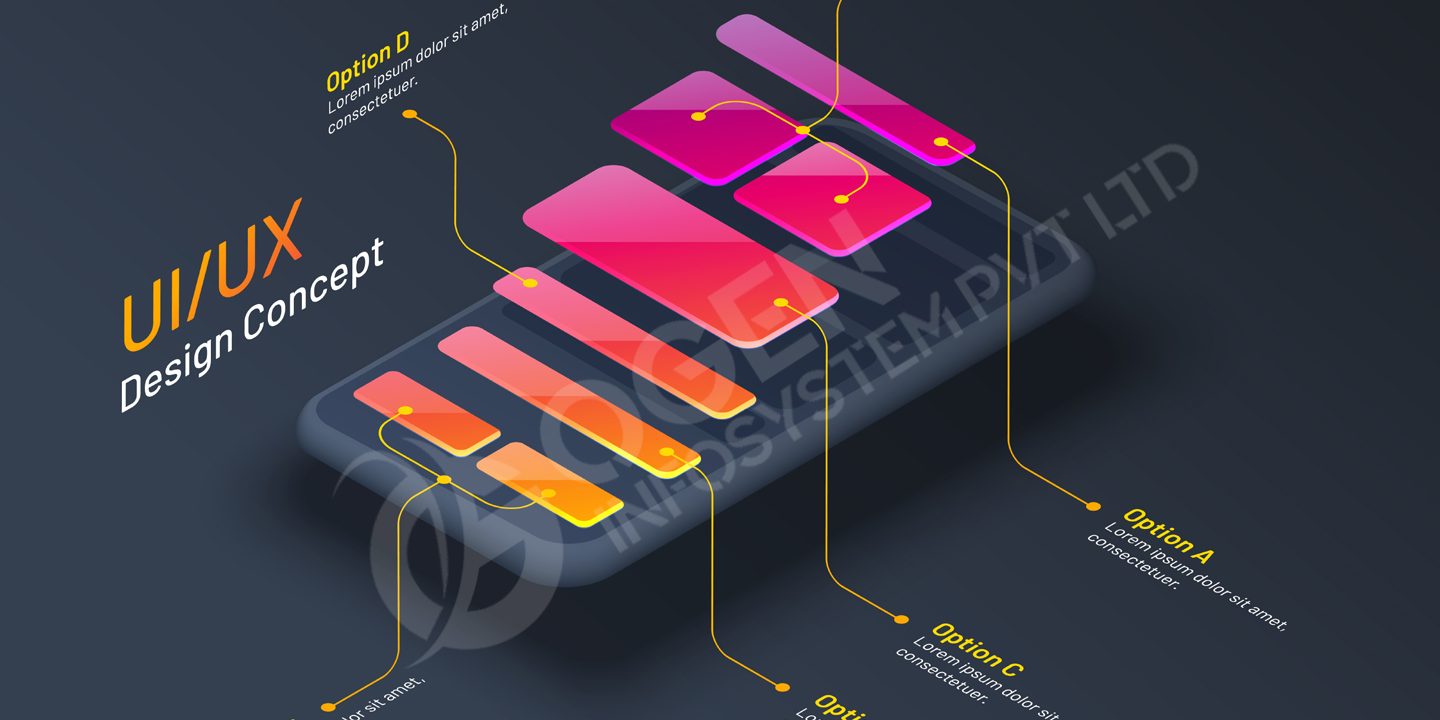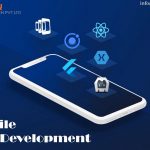
Every one of us has studied about types of research, same knowledge is required while UX/UI designing of a website for a new set of requirements and solving problems at the user-end. As a web designer, you need to understand their users and business requirement first. Good research doesn’t mean just data but also a good design, functionality that solves the end-users requirement and lives to use it.
Design research is often overlooked by some designers, but it is the most important part of the designing process as this is the starting phase and if it goes wrong every other stage and the final result may not be as expected. We have listed down research methodologies every designer should follow when entering into a website designing project-
- Primary Research: Designers gather basic requirements and data through one-to-one discussion or a written questionnaire with the client as it is important to understand what you need to design and you can start the process accordingly. It is important to record each point discussed with the client which helps to analyze the project cost & their budget, timeline to complete the project, and team size required to finalize the website within the expected timeline.
- Secondary Research: In this stage, you can take the help of information and design ideas already available online and create context behind the design and summarize your insight for the required project. Most Web Designing company recommend doing primary and secondary research together to get a sense of what you are designing and gather insights that are more relevant and compelling than existing data. When you collect user data that is specific to your design, it will generate better insights and a better product.
- Evaluative Research: This stage helps in assessing a specific problem to ensure usability, needs, and desires of real people. Evaluative research is performed by having a user use your website and get feedback for the same.
- Exploratory Research: The purpose of exploratory research is to gain a deep understanding of the topic so the correct information can be provided in front of the end-users. It helps in gaining new insights and creating worthwhile solutions for much bigger issues and more meaningful than what already exists.
- Generative Research: Generative research is all about taking the research you have conducted and being able to use those insights to decide on which problem you want to solve and create solutions for it. Before you start with this stage, you must understand what your users’ wants, needs and goals beforehand.
From the above explanation, it might seem similarity in market research and design research, the main differentiator between both is that design research is more fluid, intuitive which means data is based on how people feel and simply through our human nature to connect with others in order to come to an understanding that drives change.
The primary goal for design research is to generate value for the end-user, often utility. Cumulative gathering for human experiences and artifacts that are then synthetically processed with empathy as a primary processing tool. PResentation including content, images, drawings, and stories to present complex human archetypes are the common communication approaches. It enables practitioners to develop a sound solution that meets identified needs.














